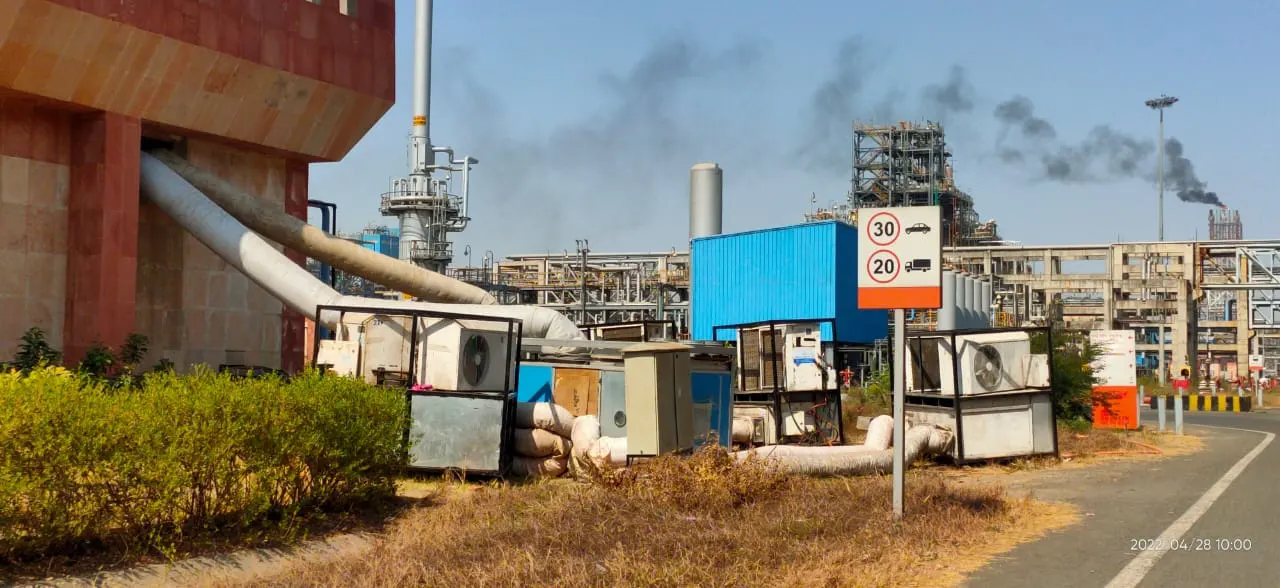Highlights and Trends from Liste: Art Basel’s Oldest, Coolest Little Sister Fair
[ad_1]
Eva Fàbregas is also 1 of many artists experimenting with industrial supplies to fabricate surrogate, gross system parts. Her illustration-like functions on paper have a playful campy-gore vibe, as if the cartoon guts from a disemboweled anime character turned into penises and started off devouring every single other in a disgusting, lovable, pastel-hued ouroboros orgy. But it is her amorphous silicone sculptures that steal the present. Viewers are invited to squeeze and manipulate them, which can cause nipple-like protrusions to emerge from squishy blobs that at very first glimpse like massive testicles, but then become breasts, and then something wholly other as the engorged nipples just take on exaggerated phallic proportions.

Anita Mucolli, who has a solo booth celebrating her Helvetia Artwork Prize gain, absolutely also can take the blue ribbon in the campy physique horror class. Of all the lumpy, phallic/organic and natural ceramics on perspective at the fair, hers are simultaneously the creepiest and cutest. The installation is populated by ceramic creatures that nod to H.R. Geiger’s “face-hugger” creatures from Alien, as well as cactuses, insect stingers, tentacles, dildos, and other things that could prick you (no pun supposed). They are lounging all around a pool filled with a milky white liquid that glows when the daylight hits it. This set up hits all the suitable notes as the grand finale of one particular extremely unusual, extremely smart fair.

But my individual favorite booth is most likely Southard Reid’s solo presentation of Armando D. Cosmos’s comfort-blanket-scaled tapestries. Just about every is the close products of a process that commences with collaging archival product related to science, technological innovation, and the ecosystem from resources such as old textbooks or pamphlets. They’re gorgeous and contact on the contradictory impulse to feel optimistic about “progress” and terrified about the harmful legacy remaining by as soon as-progressive pesticides or nuclear ability crops that promised to feed or electrify the earth.
These works are woven with combined polyester/cotton yarn—typically a major environmental no-no, due to the fact when pure and artificial fibers are combined, the organic fibers can never once more be composted into the natural nutrient cycle, and the synthetic polymers cannot be place back again in the recycling stream of man-made elements due to the fact they’ve been “tainted” by the organic fibers. Having said that, fortunately, Cosmos would make his combined-fiber weavings making use of yarn recycled from the waste piles of huge-scale mills.* Cosmos even told me his more recent will work are 100 p.c cotton—ensuring they’re eco-welcoming for their whole lifecycle.
There’s a utopian sci-fi appeal to “Sheltering the Future” I’m instantly drawn to. The blocks of textual content describe that arranging dense, transit-oriented towns could property the greater part of the world’s population on 3 per cent of the land although preserving the the greater part of the world’s purely natural landscapes and green room. The source product will come across as a bit naive contemplating the illustrations glance like they came from an period when the the greater part of the English-talking globe was busy bulldozing forests and fields to make highways, suburban tract housing, and searching facilities with parking loads larger than most European downtowns. But in the context of Switzerland, where by charmingly retro-futuristic modernist towers are shoehorned into a city from the 13th century, and you can get an electric powered tram down mainly carless streets and get there at the countryside in mere minutes, it feels like a pleasant postcard from this privileged minimal bubble of alternate actuality.
*This textual content has been updated to mirror that the artist makes use of recycled yarn from huge-scale mills’ waste piles.
[ad_2]
Supply connection




